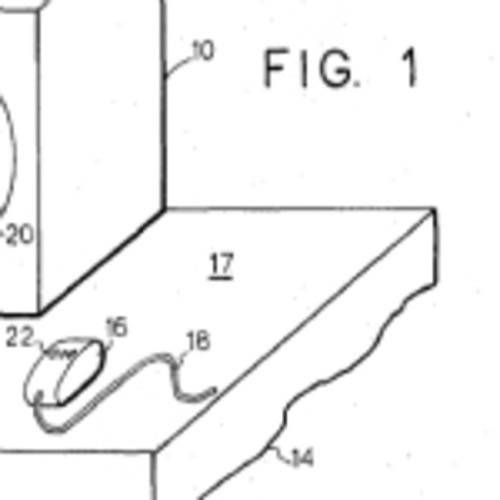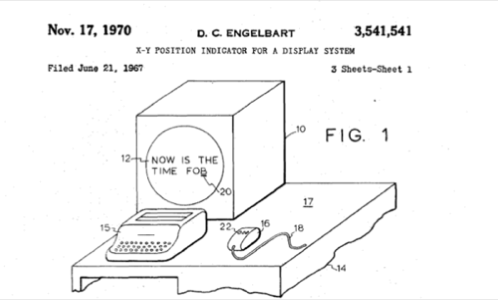Last week IBM announced that it has taken chemical data from various patents and made this information available to researchers online. It is just the latest in an ever widening of publically available information concerning patents and intellectual property. But online patent access has had an interesting history, and even though it dates to the early days of the Web, it was a difficult path and an interesting story in public access to information.

In collaboration with Bristol-Myers Squibb, DuPont and Pfizer, IBM is providing a database of more than 2.4 million chemical compounds extracted from about 4.7 million patents and 11 million biomedical journal abstracts from 1976 to 2000. IBM Research developed it in collaboration with these private companies over the past six years. It includes patents from a variety of sources outside of the US. The data will be incorporated into the PubChem archive at the National Center for Biotechnology Information of the National Institutes of Health.
The US Patent and Trademark Office (PTO) receives hundreds of thousands of applications each year and now posts the ones it approves on its own online patent database here. But that wasn’t always the case.
Before the Web, patent searches were long, tedious, and expensive, and province of a select group of private entities. Finding “prior art” (as it is called) was a very specialized field. This started changing, when back in January 1994 Carl Malamud began a project to put patents and other government data online. Malamud has been a tireless advocate for posting more data online by various private and public entities and has been rewarded for his efforts by various awards and funding from Google and numerous foundations started by early Internet pioneers. By 1995 his system was serving up a million files via FTP, Gopher and Web access. (Remember, back then graphical browsers were still somewhat new, and many websites were predominately text-based.)
Sadly, the PTO turned off this access for several years. Malamud lobbied PTO but to no avail, and IBM posted the patent data online until PTO could offer their own service in 1998. Since then, they and others including Google, FreePatentsOnline. Cambia’s PatentLens and LegalZoom (the latter for a fee) offer patent searches.
Malamud told me that “The patent database is pretty much liberated at this point. Jon Orwant at Google did all the heavy lifting, deserves the credit for making this a reality.” You can read a copy of his letter to Al Gore back in 1998 here to get some additional perspective.
(Above you can see Doug Engelbart’s diagram in his 1970 patent for a computer mouse.)

What about non-US patent access? In addition to some of the free sites mentioned above, the European patent office can be searched here using its Espacenet service, which was started in 1998 with bare-bones features. Search was enhanced earlier this year, and you can now export results to Excel, setup RSS feeds, and keep a query history as part of its free service. You can search in English, French and German.
And the World IP Organization maintains its patent search here with its PatentScope service, which also has been expanded and improved.
Patent applications have been growing steadily for the most part, and IBM is the most prolific: each day it is granted about 20 patent applications. Samsung and Microsoft get about half that. That is each calendar day. Apple gets about 500 patents a year, and Google and Motorola less than that. We’re glad to see that more information is entering the public domain, and hope that this trend continues.










